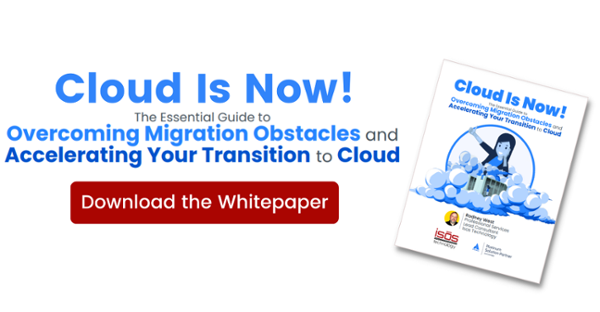 If you're considering moving from your on-prem server or data center instance of Jira Software or Service Management into a new cloud instance, there are some important details to take into consideration. I'd like to go over a few of those details and steps now so that it might help you through your process. Alternatively, reading this article might make you lean towards calling in experts with tons of migration experience, whose goal is to make your migration as smooth as possible.
If you're considering moving from your on-prem server or data center instance of Jira Software or Service Management into a new cloud instance, there are some important details to take into consideration. I'd like to go over a few of those details and steps now so that it might help you through your process. Alternatively, reading this article might make you lean towards calling in experts with tons of migration experience, whose goal is to make your migration as smooth as possible.
One huge factor to consider when you're moving is your Apps, formerly called Plug Ins, for your Jira service. Some of the existing ones you might be using within your existing on-prem service might not have the same functionality when migrating to Cloud, and others might not be available at all. Thankfully, there are solutions for either of these scenarios. It could be as simple as selecting a new app that you can replace the functionality with, or possibly just modifying the way you handle existing automations. One of the great bundled features of the new Cloud service is the addition of Inisght and Automation for Jira being native to the platform.
On a recent migration that I helped out with, a client was using an app that allowed employees to use a project and fields as a database of information. This worked well for the needs of the marketing team, who uses Jira to track their promotional content they create. However, this function didn't exist in the Cloud version of the app, which meant we had to come up with an alternate solution. Remember how I mentioned Insight before? Here's an example of how the native features bundled with Jira can be lifesavers.
Creating the ability to import objects in to Insight with the CSV tool was fairly simple for us to build it out. Getting all of the data in there was pretty straight forward, and the team loved that they could manage the information themselves going forward. The multi-tier structure of Insight also gave them the ability to nest one type of production within specific teams, so that they didn't have to filter through too many options during their day to day operations. The Insight object picker field in Jira made it easy to manage which objects show up in which projects, as well as ensuring the correct ticket types are present.
After that, we had to take out some custom scripting that had been used for automatically linking, updating, and creating subtasks based on which production the client or employee would choose. This was done through a combination of utilizing the Automation app, and some minor sil scripting. This also made it far more manageable for the team to handle updates going forward, as they previously didn't have to update the larger scripts. All in all the implementation and launch were a solid success.
This is just one example of a situation where you might feel like cloud migration isn't possible due to loss of functionality. Thanks to the power of natively bundled apps, and a couple of new apps out of the marketplace, it was more than simple to migrate everything over to Cloud. It might look different from the administration side, but to the day to day users in the projects it looks almost exactly the same.
If you're considering moving in to the cloud environment, be sure to check out what is available and what you currently have. It might take a bit of effort at first to get everything checked out and evaluated, but it will make the transition into cloud so much easier for you and your end users. Any sort of friction, or additional steps for development, support, or other internal teams can quickly sour them on a new tool. When it's as simple as updating a bookmark and continuing as they always have, the adoption rate is usually a much greater success. If you're not sure how things can be managed or migrated, there are many Atlassian partners willing to help.
Sign up to receive more great content
Learn more about Atlassian and how Isos can help by signing up to receive our latest blogs, eBooks, whitepapers and more.














